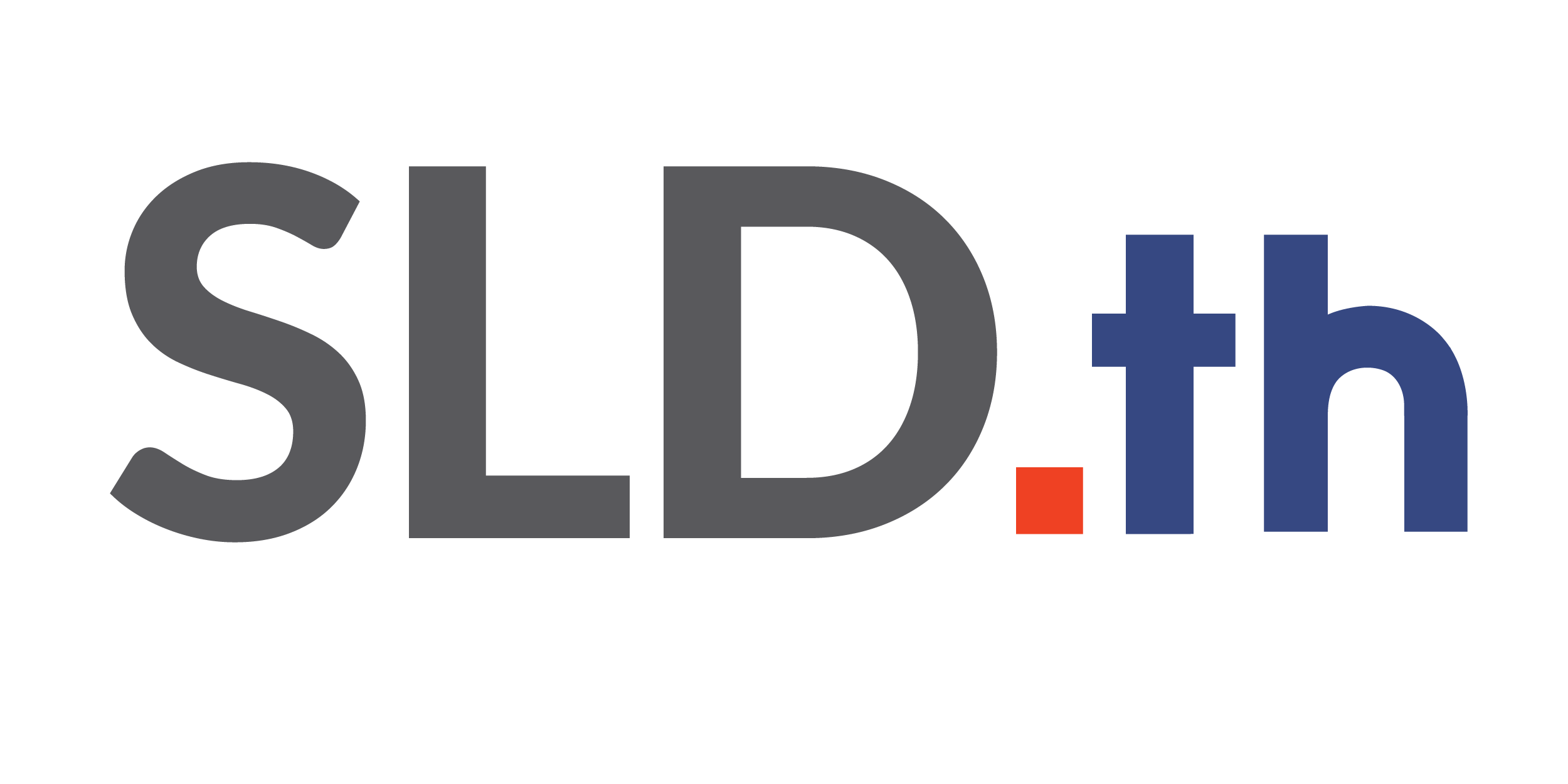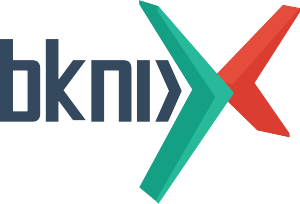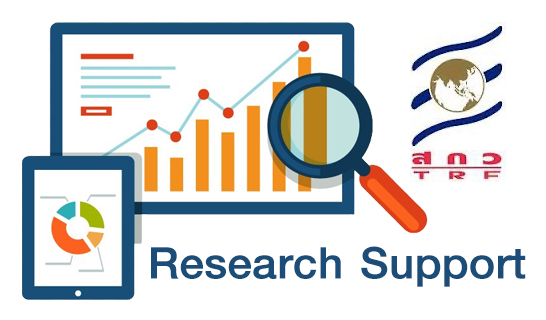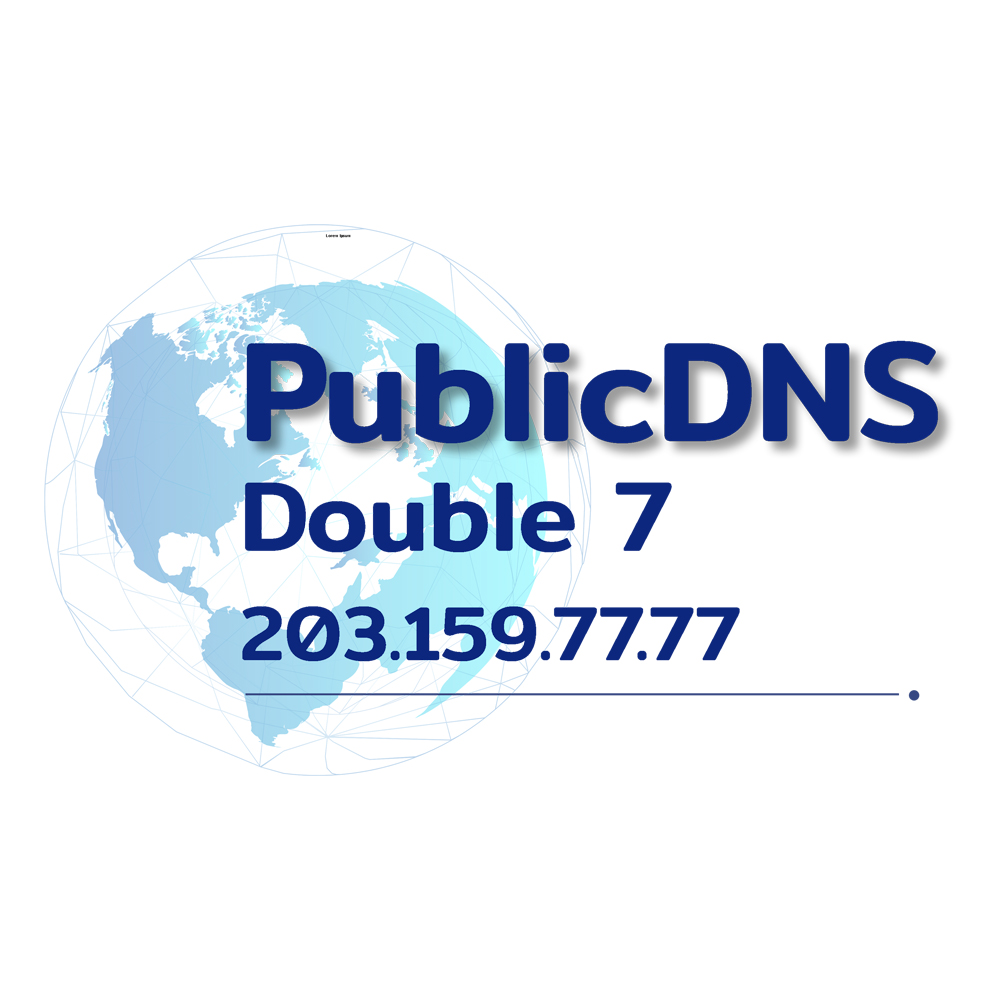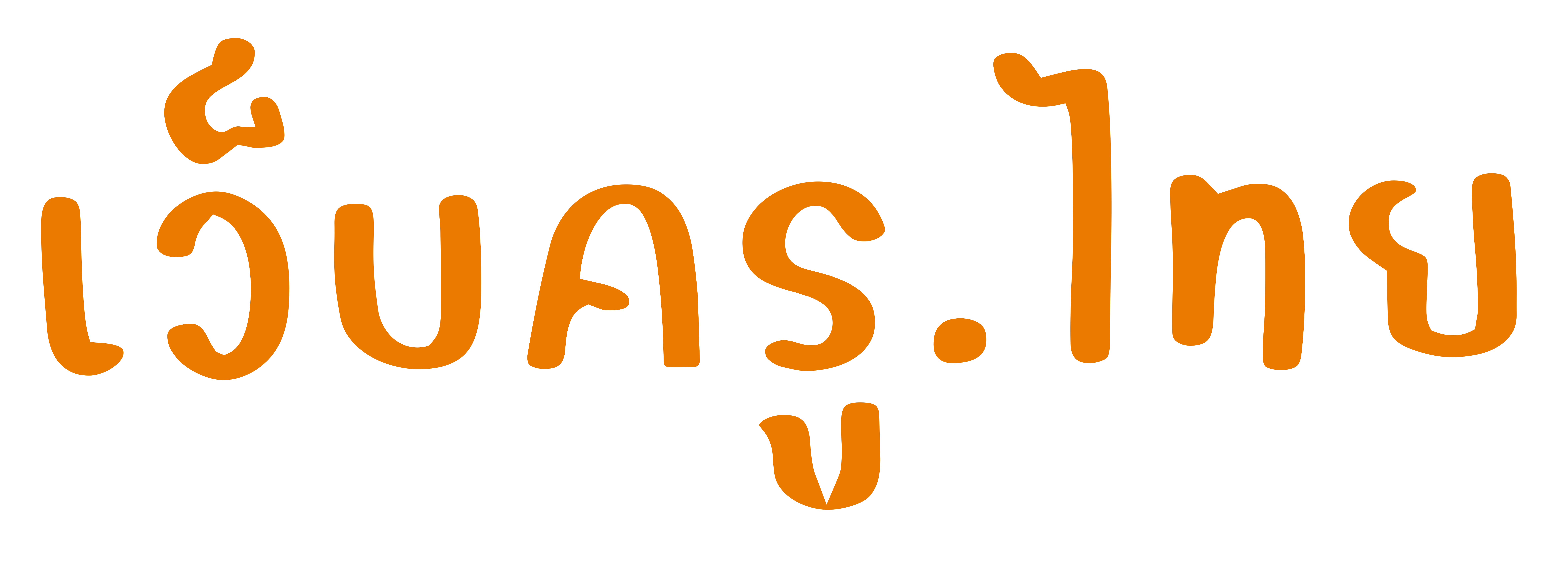Generic TLDs vs. Country Code TLDs – A Complete Breakdown (Pablo Luna)

Sitting at the highest level of the Domain Name System (DNS), top-level domains, or TLDs, simply refer to the bit that goes at the very end of a website address or domain name. When you see theusbport.com, for instance, “.COM” is the top-level domain. Pretty straightforward… right? Well, those three-letter extensions after the dot may seem pretty simple, but they can actually make or break your Internet presence. Not only do they spell out your website’s purpose, but they can also inspire trust among your audience. That being the case, deciphering what the two primary types of top-level domains (gTLDs and ccTLDs) mean and how they are different from one another is essential.
A Look at gTLDs
A generic top-level domain, or gTLD, is a domain type with three or more characters. gTLDs have “generic” in their name for a reason – they have generic organization descriptors. These domain extensions are also not limited to any geographical location and can be registered by anyone, from anywhere in the world!
The Core Group of Generic Top-Level Domains
.COM: One of the original top-level domains established in 1985 (the other five being .NET, .EDU, .GOV, .MIL and .ORG), .com has always been the most popular and widely registered domain extension. In fact, the .COM gTLD currently holds a market share of 72.90 percent! Short for “commercial,” this generic TLD was initially intended exclusively for commercial purposes, but the restrictions on its use have since been lifted. .Com domains can be used for anything from personal biographies, like this one from Howard Ahmanson Jr., to a finance dictionary like financestrategists.com.
.NET: The .NET extension comes from the word “network” and is currently the second most popular gTLD with a market share of 6.62 percent. This generic top-level domain was initially intended to be used by companies working within the networking industry and Internet Service Providers (ISPs). Like .COM, however, any restrictions on the use of .NET have since been removed, allowing this gTLD to be used by establishments across all industries.
.ORG: Truncated from the word “organization,” .ORG was originally intended to be used by charities and non-profit entities. However, there are no restrictions regarding who can register this generic TLD today. While it is technically open to every type of business, .ORG is still used almost exclusively by non-profits. It is the third most popular gTLD with a market share of 5.02 percent.
.INFO: Although not as high-tier as .COM, .NET or .ORG, .INFO is still one of the most popular generic top-level domains available for purchase. First introduced back in 2001, .INFO is shortened from the word “information” and has never had any restrictions for its use. Given its implication, however, this generic TLD is more prevalent among informative and research-based websites.
Generic Restricted Top-Level Domains
Top-level domains like .BIZ, .PRO and .NAME are also considered gTLDs; however, these are classified as “restricted” because registering them requires proof of eligibility within the guidelines set for each. For example, only businesses can register .BIZ and only individuals can register .NAME, while .PRO is restricted to credentialed professionals and related entities.
New Top-Level Domains
The Internet name space is expanding at an unfathomable rate. This can mean serious trouble for businesses trying to find their desired web address within the realms of .COM, .NET, .ORG or .INFO. This is the reason why the Internet Corporation for Assigned Names and Numbers (ICANN) has introduced well over 1500 new generic top-level domains to help niche businesses express their distinctive identity and stand out among the countless number of sites that are around today. These new generic TLDs include .BIKE, .CLOTHING, .GURU, .HOLDINGS, .PLUMBING, .SINGLES, .VENTURES, .XYZ, .APP, .SHOP, .LOVE, .ART, .VIP, and, the most recent addition from 101domain, .GAY.

.gayDomain Name
A look at ccTLDs
Unlike a generic TLD, a ccTLD, or country code top-level domain, is a two-character domain extension that is used to indicate a website’s relation to a particular country, sovereign state, or autonomous territory. Country code TLDs are derived from ISO 3166 standard published by the International Organization for Standardization (ISO) that defines codes for the names of countries, dependent territories, special areas of geographical interest, and their principal subdivisions (e.g. provinces or states).
Closed Country Code Top-Level Domains
Many country code TLDs are “closed” or restricted in the way they can be used… or more precisely, who can use them! Registration for a closed country code top-level domain typically pertains to a standard process as required by the particular country’s organization in charge. These processes may vary from one country to another – while some may need proof of residency, others may necessitate local corporate registration.
Examples for closed country code TLDs include: Australia’s .AU, Aruba’s .AW, Bermuda’s .BM, Canada’s .CA, Chile’s .CL, Cameron’s .CM, Germany’s .DE, Estonia’s .EE, European Union’s .EU, France’s .FR, Ireland’s .IE, Italy’s .IT, Japan’s .JP, Cayman Islands’ .KY, Lebanon’s .LB, Macedonia’s .MK, Malaysia’s .MY, Norway’s .NO, Slovakia’s .SK, Chad’s .TD, Tanzania’s .TZ, United Kingdom’s .UK and Vatican City’s .VA.
Open ccTLDs
Witnessing the popularity of generic top-level domains like .COM, .NET, .ORG and .INFO, certain country code TLDs have opened their namespaces to the Internet; anyone can register them, from anywhere in the world. These country code TLDs are often referred to as “open ccTLDs” and are mostly used as a creative branding tool instead of being representative of a particular country or territory. Examples include:
.CC: The country code TLD for Cocos Island (.CC) is promoted as a great alternative to the .COM and .NET domain name spaces, as it is easily understood by users as a shortened form for “commercial company.” That being said, the possibilities for .CC are endless – it can stand for carpet cleaning, catholic charity, country club, classic cars, communications center, community college, cyber café, city council, consulting company and much more.
.TV: The country code for the Polynesian island nation of Tuvalu (.TV) is promoted as a shortened form for television. No wonder why this ccTLD is a hit among businesses and individuals involved in the television, film, and animation industries.
.CO: Perhaps the most popular of all open country code TLDs, the country code for Colombia “.CO” is marketed around as a shortened form for “corporation” or “company” and is often considered a great alternative to .COM.
.FM and .AM: The country code TLDs for the Federated States of Micronesia (.FM) and Armenia (.AM) are marketed for use by FM radio stations, streaming audio websites, and social media websites.
.WS: The country code for Samoa (.WS) is promoted as an abbreviated form of website, web services or world site.
.ME: The country code of Montenegro (.ME) is advertised for use by businesses and individuals who want to promote themselves – think bloggers, social media users, and socially oriented websites.
.IO: The .IO domain is the ccTLD of the British Indian Ocean, but it could also stand for “input/output,” making it a common choice in the IT industry.

.io Domain Name
So, now that we have completely broken down gTLDs and ccTLDs… the question is, how do you choose between the two?
Well, the choice depends on your business goals and objectives. Do you plan to target your products/services to a particular country or geographical location? In that case, registering for a ccTLD makes more sense.
Do you want to expand your business globally without aiming for any country or location? Then a gTLD would be the most suitable for you! Of course, if you want to have a little bit of both while protecting your brand identity at the same time, you can register your domain name in both gTLDs and ccTLDs.
Pablo Luna
https://theusbport.com/generic-tlds-country-code-tlds-complete-breakdown/32252








